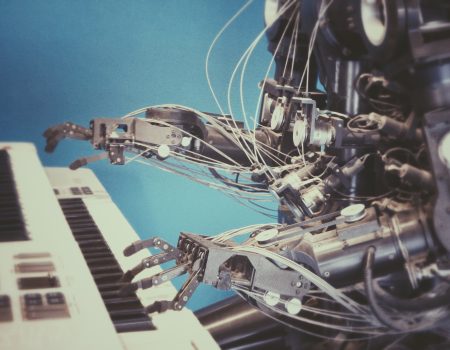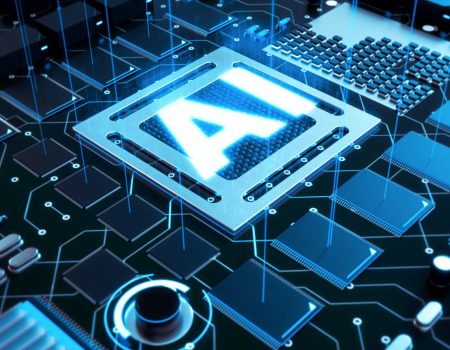The Internet of things has truly become a global phenomenon with it permeating homes, cities, office buildings and industries like retail, healthcare, banking, finance, hospitality etc.
Gartner has predicted that the enterprise and automotive IoT markets will grow to 5.8 billion endpoints in 2020 – a 21 percent increase from 2019.
This will only continue to proliferate with the drive to connect everything with increasing speed in the present day. The emergence of 5G networks hastens this process all the more.
As a result there will soon be a drastic change in the manner that people interact with virtually everything around them. Let us then take a peek in to the major IoT trends likely to prevail in 2020.
Greater IoT Adoption
The adoption of IoT is bound to gain further ground with more and more devices to become inter connected.
By the end of 2019, there were approximately 3.6 billion devices that were actively connected to the internet and used for daily tasks. Microsoft predicts that 94 percent of businesses will be using IoT by the end of 2021.
IoT in manufacturing
As IoT uses sensors, every problem or malfunctioning in machinery can easily be detected early on. This early detection will help managers send technicians to repair the system and ensure smooth machinery operation without any break.
IoT and wearables connect factory floors to management via mobile devices. This brings in time management and can help managers predict machinery problems.
Healthcare to Speed up IoT Adoption
Though the healthcare industry has been one of the earliest to adopt IoT in its process, it has of late attained greater speed and the sector leads in IoT adoption and innovation. The healthcare sector now uses wearable sensors, devices, tracking and indoor navigation tech.
Lighting and temperature control have a crucial role to play in patient recovery. IoT can enhance lighting systems by linking them to health monitors and deploying sensors. IoT adoption will help the healthcare sector save costs substantially and boost revenue in the process.
Emergence of Smart Cities
A smart city is an urban area that uses different types of electronic (IoT) sensors to collect data and then use the insights gained from that data to manage assets, resources and services efficiently so as to lead to smart outcomes.
When IoT connected devices are installed in public services every data collected can be usefully used for better traffic control, better security surveillance, personal identity, crime investigation and a host of other benefits. Some US cities are using IoT to connect utilities, parking meters and traffic lights.
With smart cities we will see lights that automatically go on and off when needed, and traffic moving nonstop without any hitches. Smart cities do not only focus on making life comfortable and improving the quality of life but also improves the social, environmental and financial aspects of urban living.
Customer Service to Receive Further Impetus
IoT adoption in the customer service area can greatly improve customer service and improve the power of Customer Relationship Management (CRM). Customer problems can be identified early on and managements can readily solve any customer issue that may crop up. Use of chat bots also helps companies provide immediate answers to queries of customers. This speedy reply will help customers retain their trust and goodwill in the company and help in customer retention.
Voice User Interface to Gain Added Importance
The use of voice instructions in giving commands to activate devices will become the norm going forward. As it is, the use of voice search is gaining traction and more and more people use voice search to get the necessary information they seek. Digital assistant devices including Alexa, Siri, and Google Assistant etc are likely to dominate the next phase of smart devices.




